In the world of logistics and transportation, the importance of understanding weight limits cannot be overstated. This guide aims to dissect the intricacies of semi-trailer weight capacities, a critical component in the trucking industry that directly impacts efficiency, safety, and legality. We will explore various factors influencing weight capacity, common types of semi-trailers, and the regulations governing them, all of which are essential knowledge for manufacturers, carriers, and freight brokers.
What Determines Weight Capacity of a Semi-Trailer?
The weight that a semi-trailer can carry comprises several essential components. Understanding these elements can help in maximizing load efficiency while ensuring compliance with legal restrictions.
1. Gross Vehicle Weight Rating (GVWR)
The Gross Vehicle Weight Rating (GVWR) signifies the maximum permissible weight of a truck and trailer combined. It takes the weight of the vehicle itself, the weight of the cargo, and any additional equipment into account. GVWRs can vary significantly depending on the semi-trailer type and its construction material:
| Semi-Trailer Type | Average GVWR |
|---|---|
| Flatbed Trailers | 48,000 – 52,000 lbs |
| Dry Van Trailers | 65,000 – 80,000 lbs |
| Refrigerated Trailers | 65,000 – 84,000 lbs |
| Tank Trailers | 40,000 – 80,000 lbs |
| Specialty Trailers | Varies widely |
Understanding GVWR is crucial, as exceeding this limit can lead to severe regulatory repercussions, including fines and penalties.
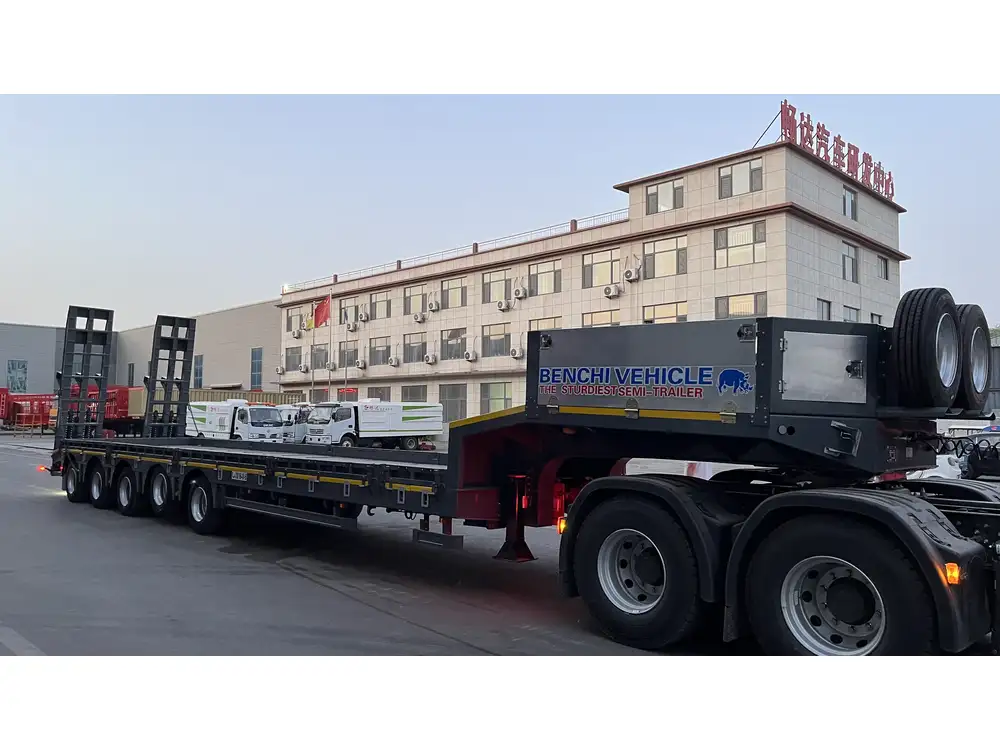
2. Axle Configuration and Weight Distribution
Axle configurations and the number of axles significantly influence how much weight a semi-trailer can carry. Each axle has its own weight limit, and improper weight distribution can cause a myriad of issues, from excessive wear and tear on tires to difficulties in maneuvering.
Common Axle Configurations:
- Single Axle: Typically supports 20,000 – 22,500 lbs.
- Tandem Axle: Supports 34,000 – 36,000 lbs.
- Tridem Axle: Allows for around 42,000 – 54,000 lbs of weight.
3. State Regulations and Overweight Permits
Each state in the U.S. possesses unique regulations concerning weight limits on public roads. Some states may provide overweight permits that allow trucks to carry more than the standard weight, but these typically come with specific restrictions, route limitations, and fees.
| State | Max Weight (Without permit) | Max Weight (With permit) |
|---|---|---|
| California | 80,000 lbs | Up to 100,000 lbs |
| Texas | 80,000 lbs | Up to 90,000 lbs |
| Florida | 80,000 lbs | Up to 100,000 lbs |
| New York | 80,000 lbs | Up to 88,000 lbs |
Researching and adhering to state-specific regulations is vital for maintaining operational efficiency and avoiding legal complications.

Different Types of Semi-Trailers and Their Capacity
The type of semi-trailer also plays a significant role in carrying capacity. Here’s an overview of popular semi-trailer types and their respective weight capacities.
1. Flatbed Trailers
Flatbed trailers are versatile and commonly used for transporting a large variety of goods. They can typically carry between 48,000 and 52,000 lbs, ideal for oversized loads that won’t fit in traditional closed trailers.
2. Dry Van Trailers
A dry van trailer, with a standard length of 53 feet, can usually carry between 65,000 and 80,000 lbs. These trailers provide enclosed, weatherproof space designed for palletized goods, common in retail and wholesale distribution.

3. Refrigerated Trailers (Reefers)
Refrigerated trailers maintain temperature-controlled conditions for perishable products. They also boast a capacity of 65,000 to 84,000 lbs. Due to their specialized nature, they tend to be slightly heavier than standard dry vans.
4. Tank Trailers
Tank trailers are essential for transporting liquids, including chemicals and fuel. Their weight limits can vary widely based on the liquid being transported, typically ranging from 40,000 to 80,000 lbs.
5. Specialty Trailers
Specialty trailers are designed for specific loads, such as car haulers or logging trailers. Their capacity can range dramatically based on purpose and structure.

Calculating Your Payload
To determine how much weight you can legally transport, consider the following formula:
Payload Capacity = GVWR – (Weight of Truck + Weight of Trailer)
Example Calculation:
For a semi-trailer with a GVWR of 80,000 lbs, if the truck weighs 20,000 lbs, and the trailer weighs 15,000 lbs,
[ \text{Payload Capacity} = 80,000 – (20,000 + 15,000) = 45,000 \text{ lbs} ]Thus, the legal payload capacity for this combination would be 45,000 lbs.
Common Issues and Solutions in Weight Management
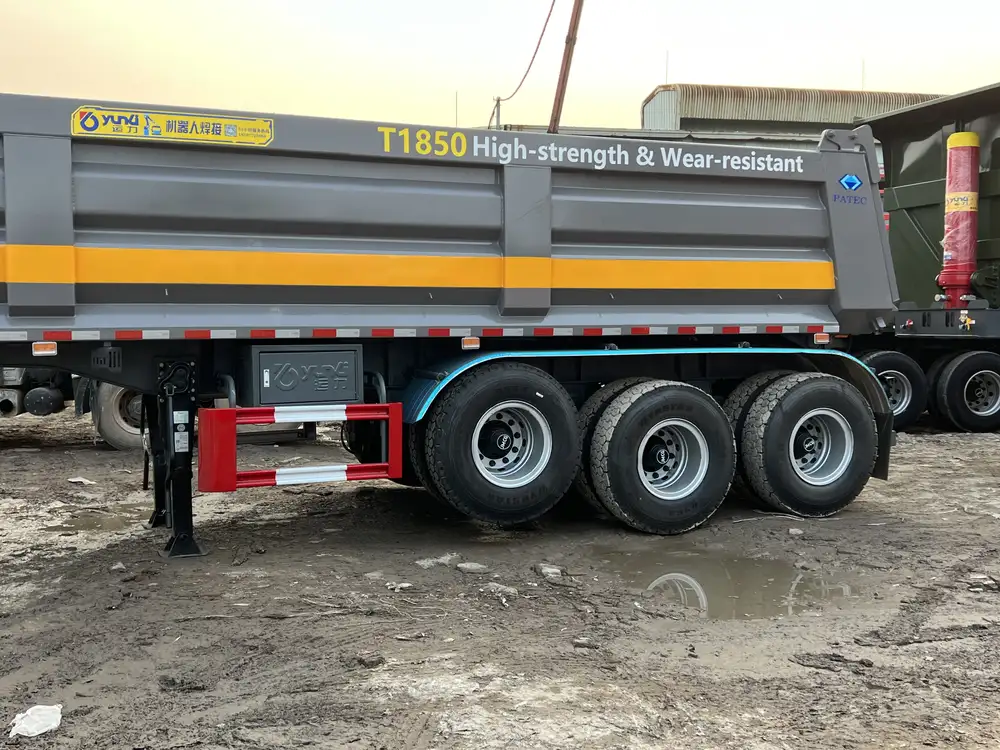
1. Overloading Issues
Overloading is a prevalent problem that can lead to severe consequences, including accidents, increased wear on vehicle components, and hefty fines.
Solutions:
- Use Load Sensors: Integrate load sensors and automated systems to measure weight in real-time.
- Regular Inspections: Conduct regular equipment checks to ensure that trailer and truck weight limits are respected.
2. Weight Distribution Problems
Uneven weight distribution can result in tire blowouts, suspension issues, or handling difficulties.
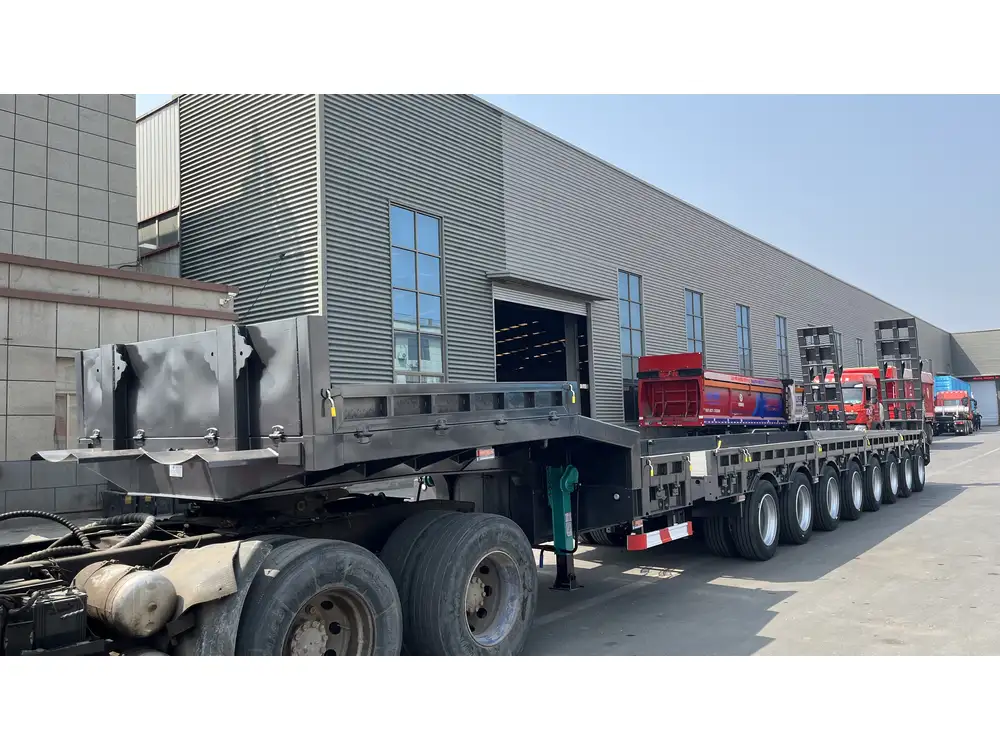
Solutions:
- Proper Loading Practices: Train staff on proper loading and securing practices to ensure even weight distribution.
- Regular Wheel Alignment: Keep tires well-aligned to extend their lifespan and improve cargo safety.
3. Compliance with Local Regulations
Staying compliant with varying state regulations is a constant challenge for fleets operating across state lines.
Solutions:
- Stay Informed: Maintain an updated database of regulations for each state your fleet operates within.
- Hire Compliance Specialists: Consider enlisting the help of compliance experts to navigate intricate regulations and secure necessary permits.
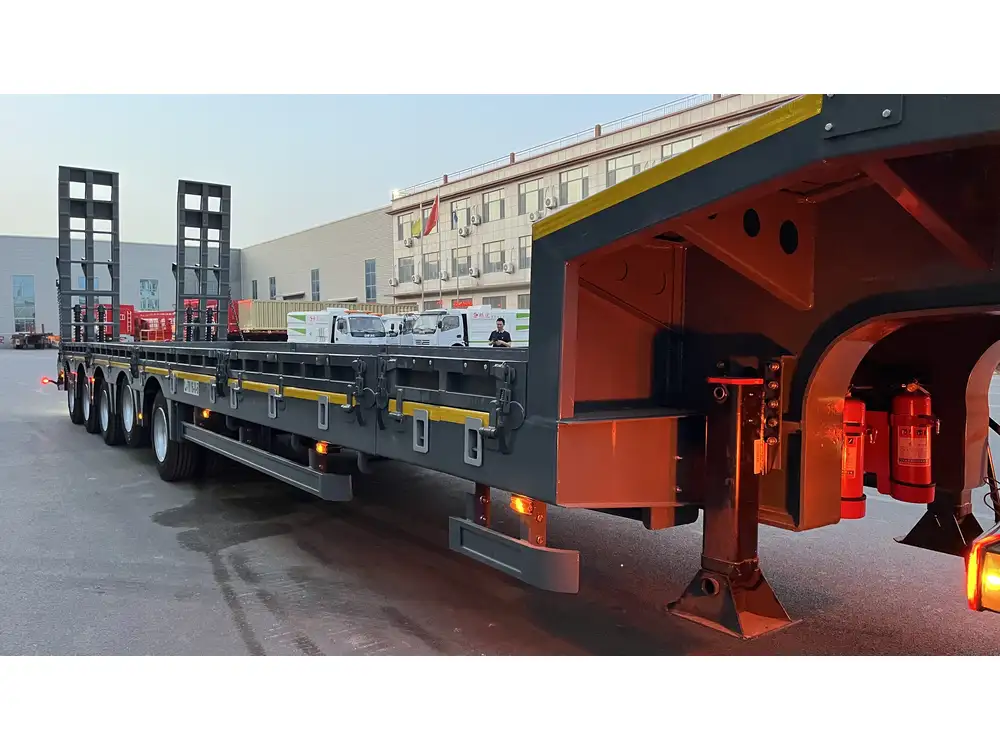
The Future of Semi-Trailer Weight Capacity Regulations
The regulatory landscape surrounding semi-trailer capacities is always evolving. With advancements in technology and shifts in transportation demands, several key trends are poised to influence the semi-trailer industry’s future.
1. Technological Innovations
Emerging technologies, such as load monitoring systems and automated compliance checks, promise to simplify weight management and enhance safety. These innovations could lead to more dynamic weight capacities, allowing for smarter logistics.
2. Environmental Regulations
As industries strive for sustainability, semi-trailer manufacturers are focusing on lighter materials. This creates the potential for higher capacity without exceeding weight limits. Additionally, eco-friendly practices in loading and distribution methods will likely gain prominence.
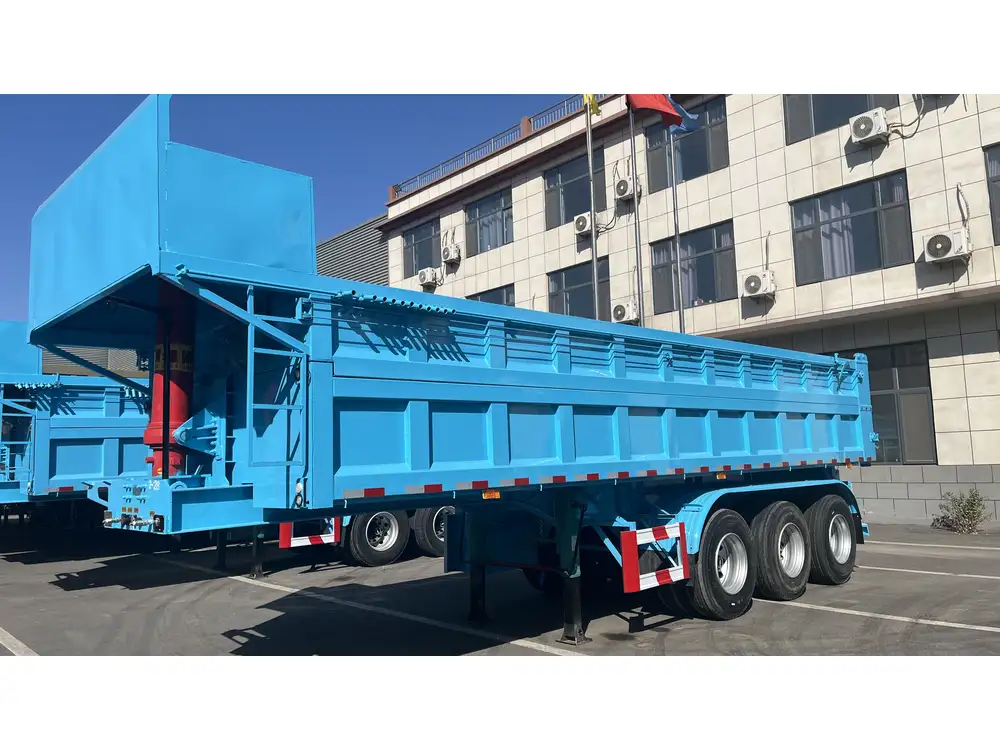
3. Increased Demand for Flexibility
The modern supply chain demands adaptability. Future regulations might lean towards more flexible weight standards, allowing carriers to meet varied consumer needs while maintaining safety and compliance.
Conclusion
The weight capacity of a semi-trailer is a multifaceted aspect of transportation that encompasses everything from regulations and vehicle specifications to load management. Understanding these elements can facilitate operational efficiency and legal compliance, all while enhancing safety.
By staying informed about the types of semi-trailers and adhering to the necessary regulations, businesses can optimize their transportation capabilities. As technology evolves and regulations shift, continuous learning and adaptation will be essential for sustaining success in this ever-changing industry landscape.
Keywords: semi-trailer weight capacity, GVWR, axle configurations, state regulations, compliance, weight management
This comprehensive exploration, filled with detailed informative lists and structured comparisons, is tailored to better address user concerns and search intent regarding “how much weight can a standard semi-trailer carry.”



